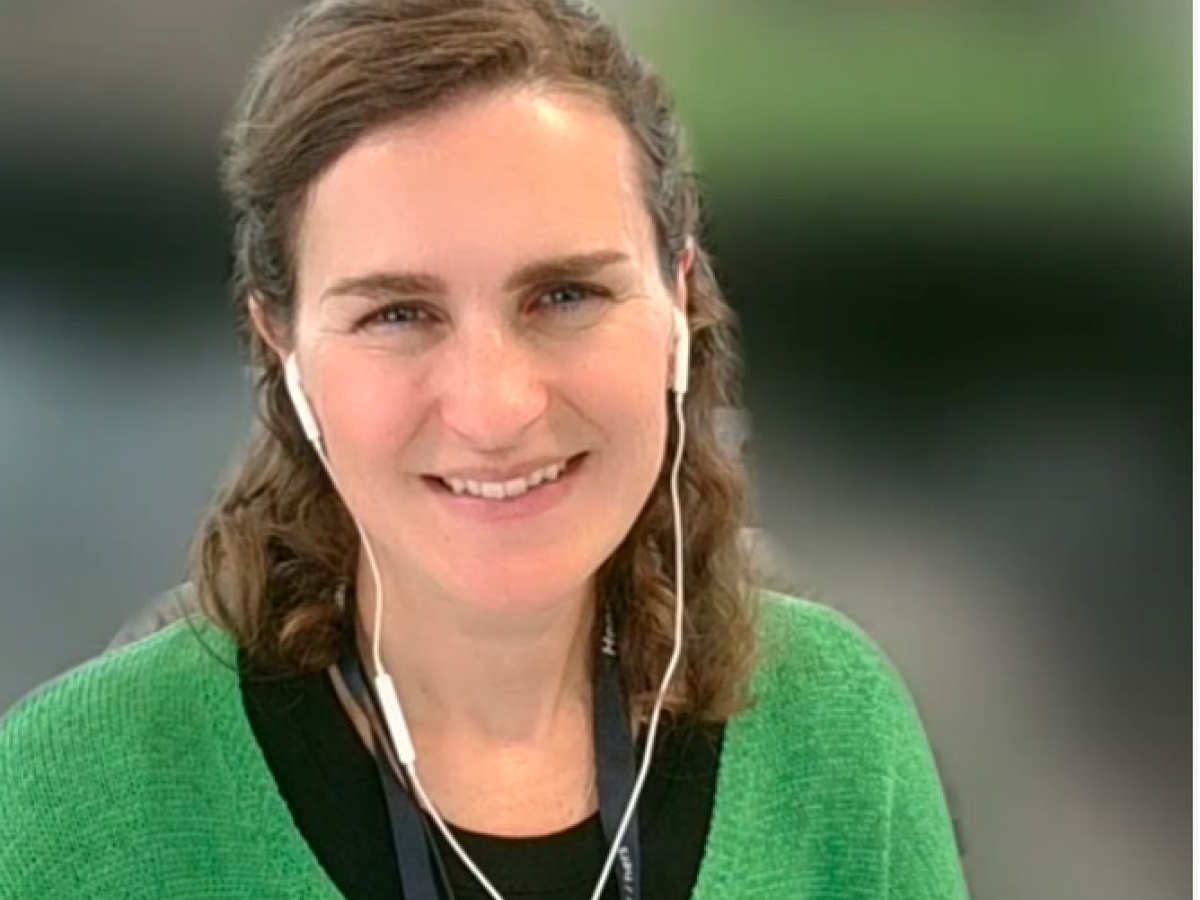Digital Accessibility in NZ and US
Last year at the m-Enabling conference in the US, I came away thinking that digital accessibility in the US was so much further ahead from here in Aotearoa New Zealand. They have legislation, increasing litigation and vocal disabled communities. Many businesses know what their obligations are, even if they haven’t quite got things implemented yet.

However, a comparison between NZ and US digital accessibility might not always be quite as it seems as I found out in a recent chat with visiting US Research Fellow Megan Seeds. In the US Megan is the Director of Digital Experience of Hennepin County in Minnesota (population 1.3 Million), something similar to one of our Regional Councils. She is also, the 2024 Ian Axford Fellow in Public Policy, exploring strategies to transform service delivery with our Ministry of Social Development.
Digital accessibility is not the focus of Megan’s fellowship, but she is passionate about learning what she can to take back to her role. We caught up and chatted about the digital accessibility situation here and there and I was surprised that there are more similarities than differences.
Partnership
Megan’s 23 person team has one funded accessibility coordinator who partners with an external partner like Access Advisors. This partnership model is what we aim for with our long-term clients. The in-house champion champions digital accessibility wherever they can. They then coordinate internal teams and are the conduit to the external partner who provides support, training, and facilities iterative usability testing with people with access needs.
Megan also mentioned that they have made a move towards incorporating digital accessibility into their design system, pattern library and documentation. Accessibility is woven into the brand standards, writing guidelines, policies, and components. Their external partner works with them to create and validate accessibility aspects. Access Advisors also does this for several of our clients.
Legislation
From a legislation point of view, New Zealand’s lack of specific and actionable disability legislation covering physical, digital or employment space was a bit of a surprise for Megan when she arrived. She said that while she used to find the Americans with Disabilities Act (ADA) and Section 508 weren’t specific enough, being here has made her appreciate the difference they can make to support consistent experiences.
Megan said “the ADA has succeeded in driving change in the physical space, like making restrooms more accessible. It does make a difference and can have a flow on effect [to digital accessibility], but it is still lagging."
She believes the ADA has also driven more mature dialog about accessibility both within government and more broadly. Megan suggests that it seems more possible to convince stakeholders that accessibility is an integral part of making products and services more usable. “In some ways, it seems we are more able to switch the conversation from [accessibility] being a cost to it being an investment,” she said.
Language
Translation of written content was an important area of similarity. In New Zealand many websites struggle to provide quality te reo content. The contextual aspect to the language, cost of interpretation, lack of qualified interpreters, and poor speech synthesisers restrict access to quality content. But there is a need to get government information to all citizens.
In Hennepin County, Somali and Hmong speakers are a significant part of the population. Megan said that both are oral languages, just like te reo, which makes it difficult to get translation right. “Translating information poorly is often worse than not translating it at all. In some situations, it can even be insulting.” Our research here with Kāpo Māori supports this, with blind te reo speakers preferring to listen to English because of the poor speech synthesisers.
Training
Another area of similarity is a lack of specific digital accessibility training both here and in the US. Neither country seems to have much tertiary level accessibility training in design, development, or testing disciplines. However, Megan did mention that she and her digital team were all encouraged to explore the International Association of Accessibility Professionals certification. They’ve also brought targeted web-based training into their organisation, provided by their accessibility partner.
Community of Practice
One area that Megan saw where New Zealand has an advantage is the relatively small community of practice, especially within government. She was especially excited about the Web Standards Clinics run by DIA and the Digital Accessibility Discussion Group run by the MSD. “It is so great that it is possible to connect with each other relatively easily, something we can’t do in the US,” she said, "given the different scale and additional layers of government."
Generative AI
The focus for her research is the role that generative Artificial Intelligence (AI) can have in better delivering services to their residents. Megan can see the possibilities of AI saving time and money through labour saving data processing tasks. One concern she has noticed is when organisations require less scrutiny of Generative AI-output or deploy it in service of digital accessibility without confirming results with users. She continues to value human-led digital accessibility services that will make things more usable for everyone.
All in all then it seems digital accessibility in Aotearoa is not as far behind the US as I thought. If you’d like to discuss any of these topics or learn more about the services that we provide at Access Advisors, then please email us. Our mission is to help make Aotearoa more digitally accessible.
